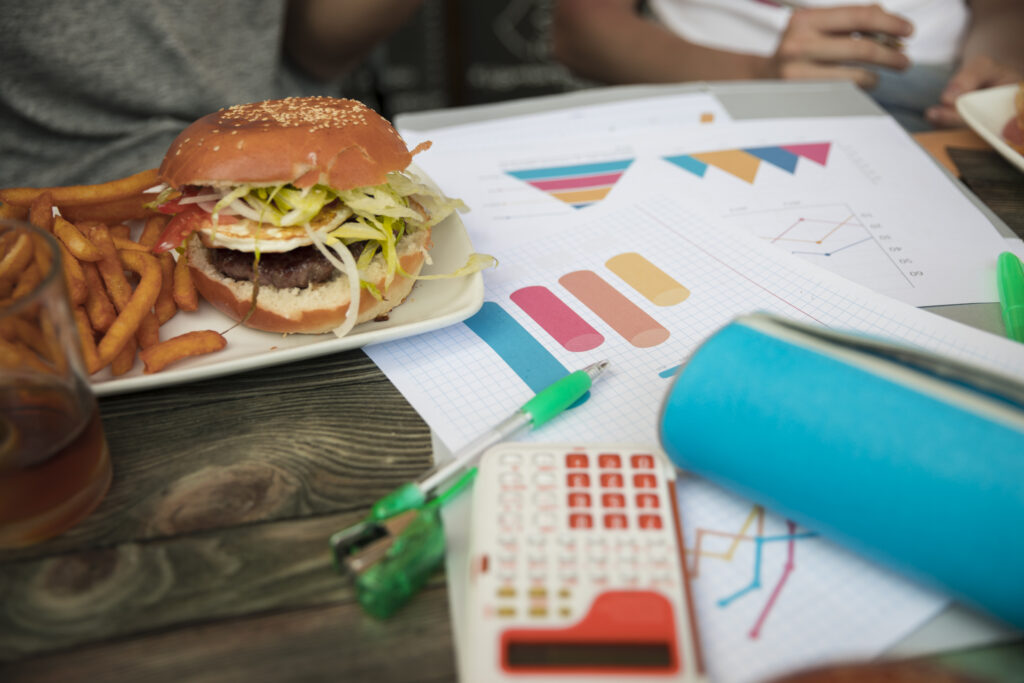More and more households are starting to rethink the cost of dining out. What used to be a convenient or social habit is now becoming a budget item under review. Rising food prices, inflation, and tighter cash flow have led many people to swap takeout for homemade meals, and this shift is as much about financial strategy as it is about lifestyle.
Recent surveys (Link ) show that more than half of consumers would change their food spending habits if prices rise by just 10%. And for many, those changes are already happening. People are choosing grocery stores over restaurants, home-cooked meals over delivery apps, and value over convenience. For accountants and financial professionals working with households or small businesses, this is a trend worth watching—not just socially, but financially.
The economics are clear. According to the USDA, grocery inflation is projected at just 1.6% for 2025, while restaurant meals are expected to rise by over 3.5%. For families watching their spending or for business owners trying to keep employee perks reasonable, these numbers aren’t just theoretical—they impact real budgets. Clients trying to save more or manage debt are often surprised how much their monthly spending on food adds up, especially when it goes untracked.
We’ve also seen this trend impact business owners who regularly cover meals for staff or clients. With the IRS tightening rules on meal deductions and entertainment write-offs, eating in—or using more cost-efficient catering—can make more sense. From a tax standpoint, many meals are only 50% deductible, and entertainment expenses are often non-deductible altogether. Shifting to simpler options or reducing frequency can have real tax savings over time.
Grocery retailers and food brands are adapting too. More private-label options and frozen meal offerings are targeting budget-conscious households. That shift is good news for taxpayers trying to cut costs without giving up convenience. Even large chains like Kroger and Costco have reported increases in grocery sales from customers who are pulling back from restaurants. It’s not about eliminating the occasional meal out—it’s about being more intentional and strategic.
For those of us in accounting, this trend is a reminder that everyday spending habits often say more about long-term financial health than large one-time purchases. If you’re a business owner, tracking your meals and entertainment costs more closely can help you identify areas to cut back or redirect toward more productive expenses. If you’re a household trying to stick to a financial plan, simply preparing meals at home more often can lead to savings you can reinvest elsewhere—retirement accounts, debt reduction, or even back into your business.
Bottom line: It’s not just about saving money on food—it’s about being thoughtful with how we spend, and using everyday choices to support bigger financial goals. Whether you’re preparing a budget, reviewing tax-deductible expenses, or looking to maximize your year-end planning, it’s the little changes—like cooking at home more—that can add up in a meaningful way.
If you’re unsure where your money is going each month or want help setting a more intentional budget, let’s talk. It’s the kind of everyday planning that makes tax season less stressful and your financial outlook much stronger.

